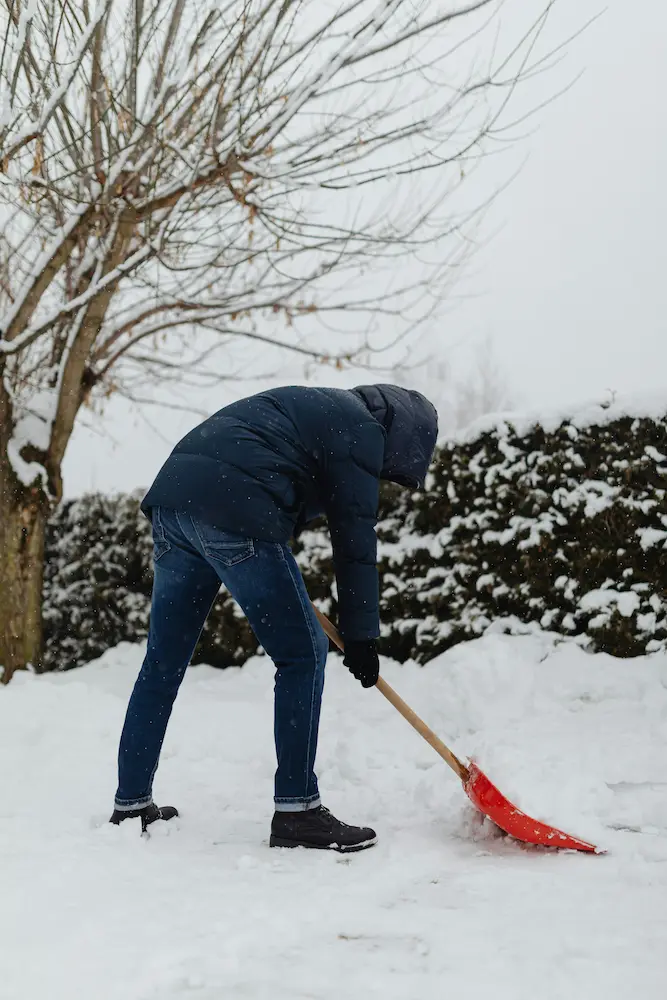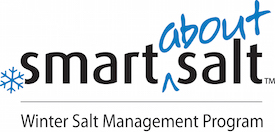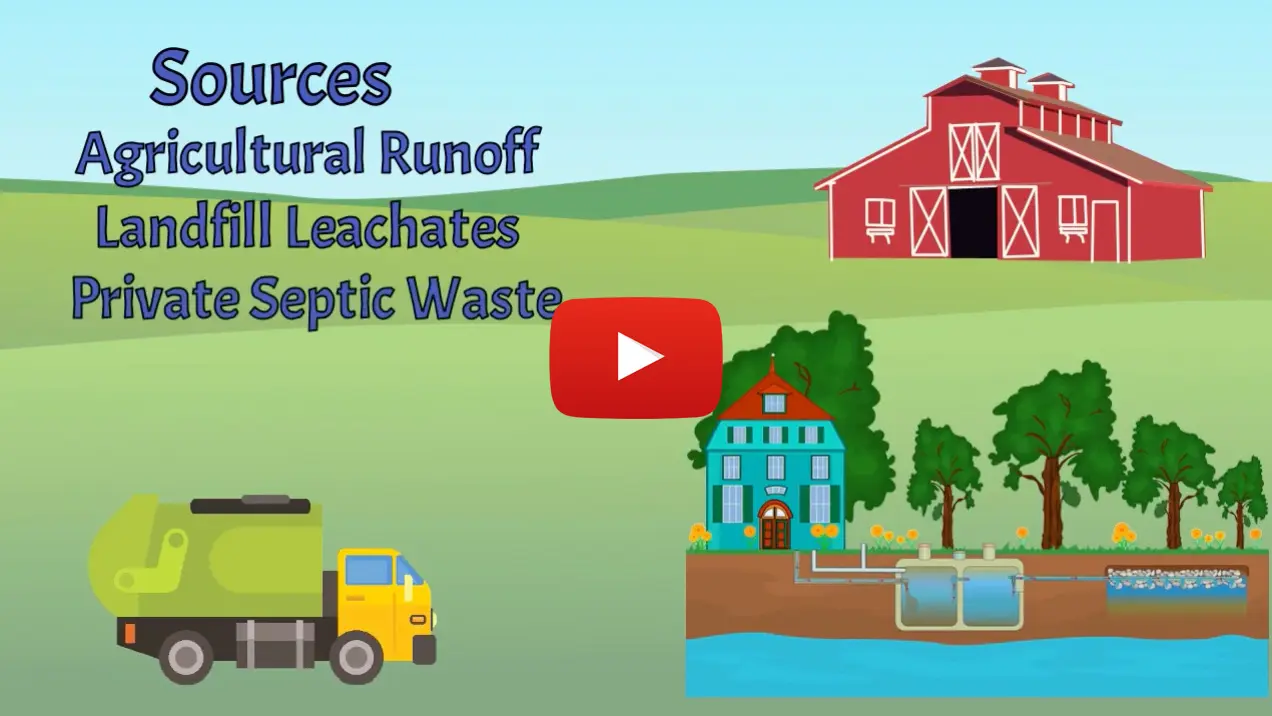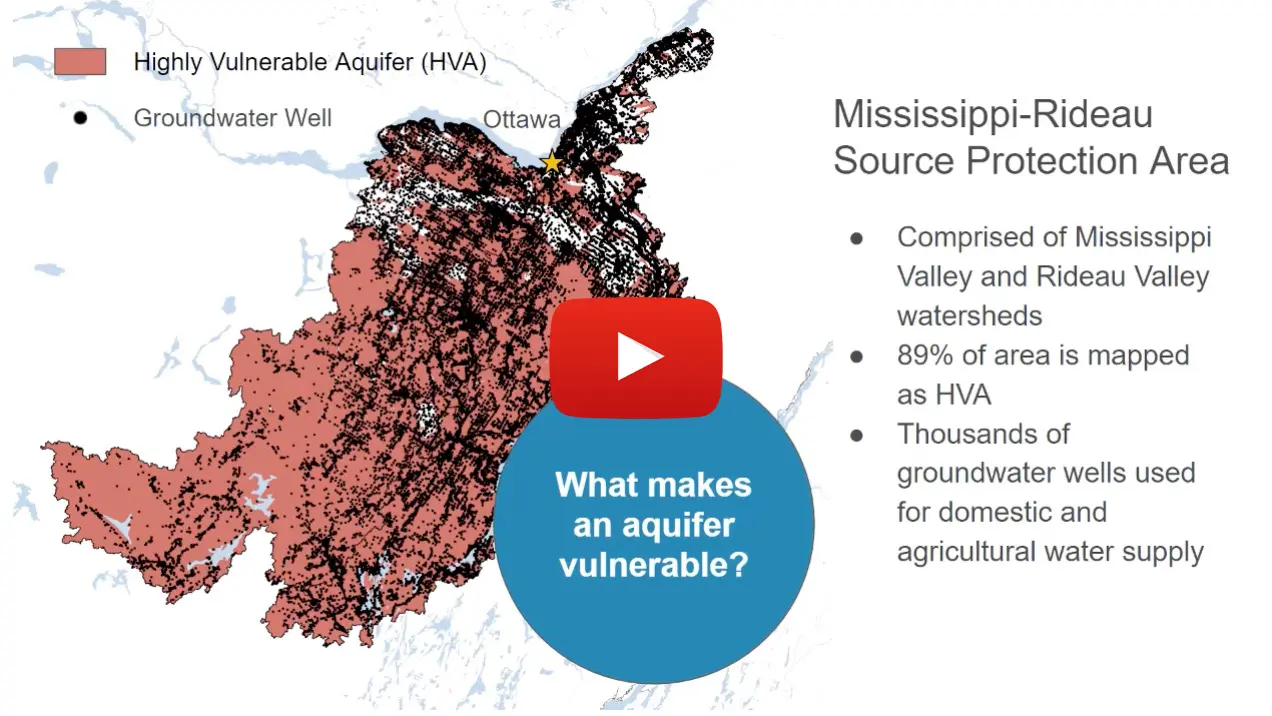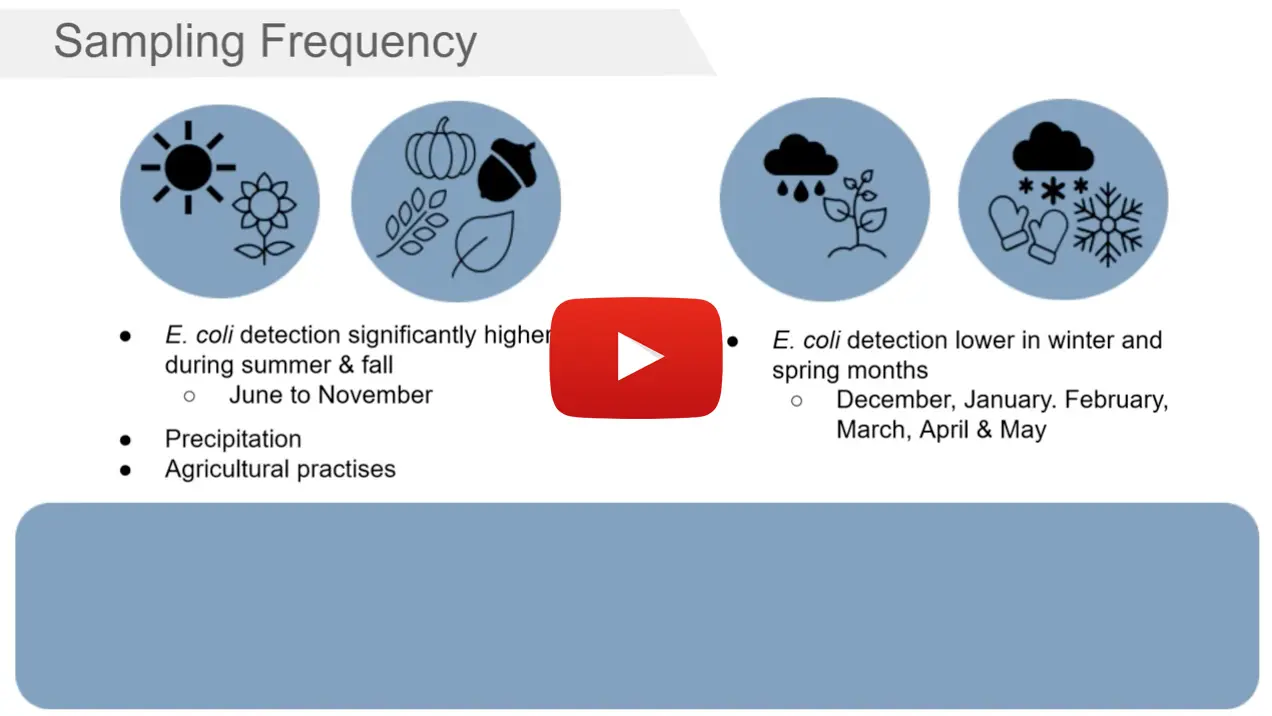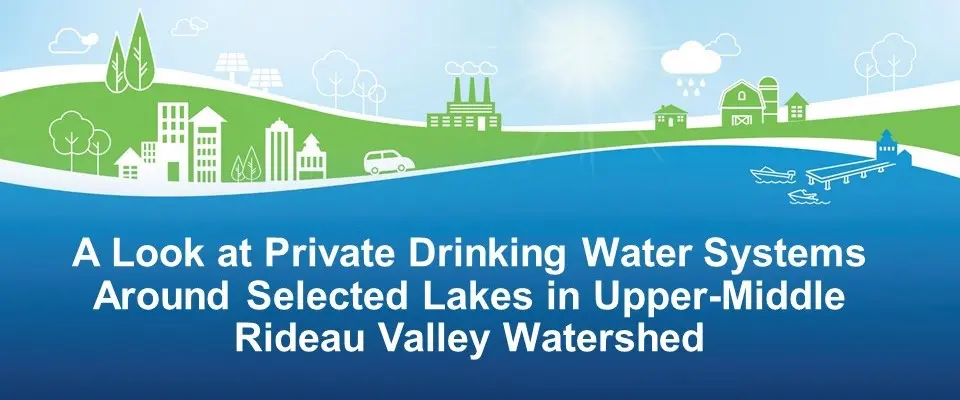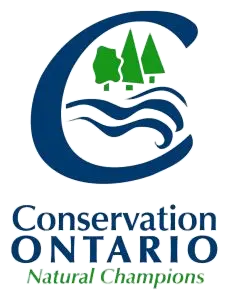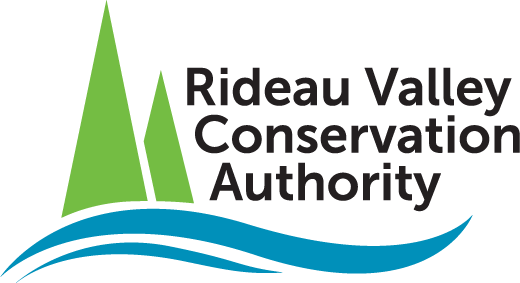Many things we do in our homes and on our properties can directly affect local water quantity and quality. That’s why an important part of protecting drinking water is voluntary action taken by those of us who live in the Drinking Water Protection Zone close to our community’s shared drinking water source. This is your guide to “Living in the Zone”. Imagine a community where everyone is a great water resident!
On this page
Vivre dans la zone
Veuillez consulter notre bibliothèque et les liens ci-dessous pour savoir quelles ressources sont présentement disponibles, en Français.
Les zones de protection des têtes de puits
Zones de protection des prises d'eau de surface
Ce que les propriétaires fonciers peuvent faire pour protéger l'eau
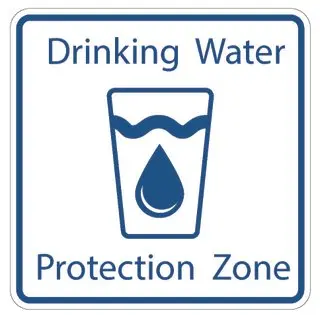
Drinking Water Protection Zone Signs
Have you seen these signs?
Their goal is to raise awareness about Drinking Water Protection Zones that surround a community’s shared drinking water source. These zones now have some special protections under the Mississippi-Rideau Source Protection Plan – a locally developed plan under Ontario’s Clean Water Act. The signs can be found in similar zones across the Province!
The zones are in communities, in specific areas around their municipal water sources. Depending on the community, the source may be a well that draws water from an aquifer or an intake that takes water from a river.
The zones were determined through scientific and technical studies that were done to help understand the drinking water source and map the zones, and in these areas some special policies are in place to help protect the drinking water source.
The signs could help inform first responders too! The signs can reaffirm the importance of spill prevention and help to ensure appropriate spill response.
If you live in a Drinking Water Protection Zone, you are encouraged to make small changes that will help to protect rivers and underground aquifers. You might already be doing some things that help you to be a Great Water Resident! Check out some ideas on our Living in the Zone page!
To find out more information about what these signs mean, please view our Drinking Water Protection Zone Sign Factsheet.
Living in the Zone
- We have a "green" yard
- Our septic system is well maintained
- We keep our shoreline natural
- We are "Well Aware"
- We are "Smart About Salt"
- We conserve water
- We are careful with hazardous substances
- We use best management practices on the farm
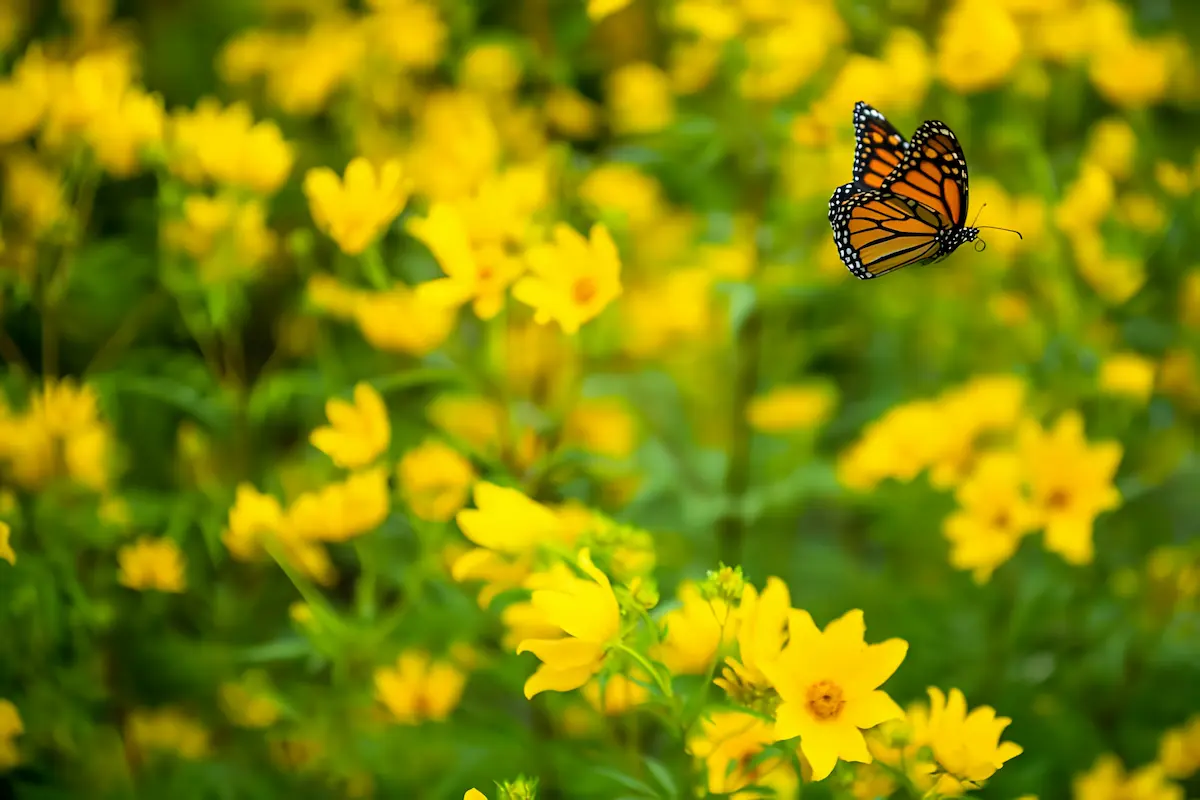
Green Yards
Outside in our yards, gardens and driveways, it is simple – to protect drinking water sources we need to use less water, create less runoff and ensure the runoff that we do create is as clean as possible.
You can easily achieve a green yard with this Greenscapes Guide.
To understand the evils of stormwater runoff, don’t miss Stormwater – Why Should We Care?
For car washing best practices, check out the RiverSafe Carwash campaign
QUICK FACT
Ontario now has a cosmetic pesticide ban to protect human health and the environment. Pesticides are no longer allowed on lawns, gardens, patios, driveways, cemeteries, parks and school yards.
QUICK FACT
Ontario now has a cosmetic pesticide ban to protect human health and the environment. Pesticides are no longer allowed on lawns, gardens, patios, driveways, cemeteries, parks and school yards.
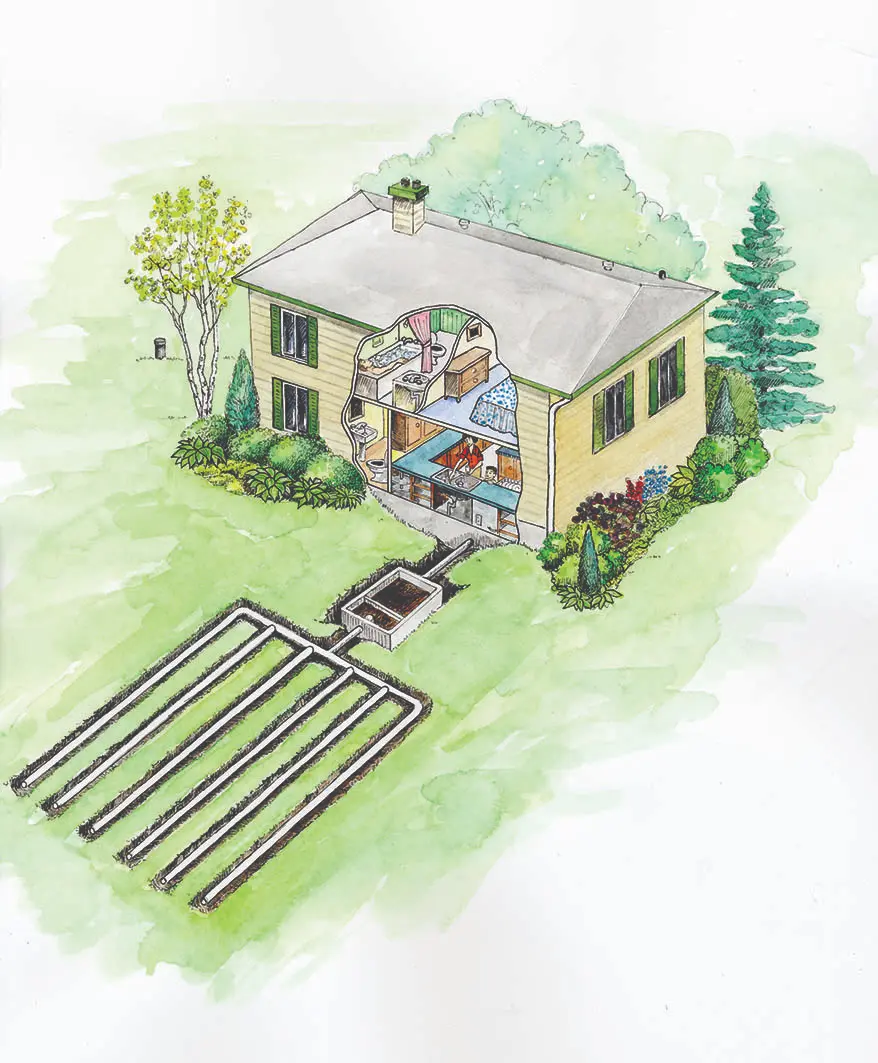
Septic System Care
Most rural homes have a septic system (also called an onsite sewage system). A septic system typically consists of a tank and leaching or tile bed and does an excellent job of treating household wastewater in locations where there are no municipal sewer services. It is important to know how to care for septic systems to guard against costly system failure and to prevent contaminants from leaching into groundwater or rivers that are used as drinking water sources.
For tips and more details see
Your Septic System: Protecting Your Investment and the Environment
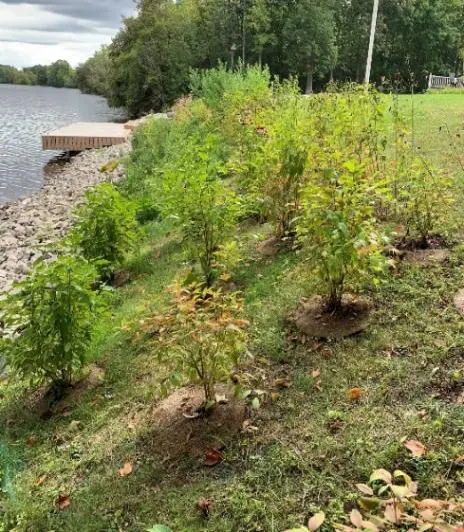
Natural Shorelines
Vegetated shorelines with lots of native trees and shrubs protect water quality by absorbing nutrients and contaminants, trapping sediment and encouraging infiltration of run-off into the ground. If you own shoreline property, you can learn about and get assistance with shoreline naturalization from your Conservation Authority.
Rideau Valley Conservation Authority Shoreline Naturalization Program
Mississippi Valley Conservation Authority Shoreline Planting Program
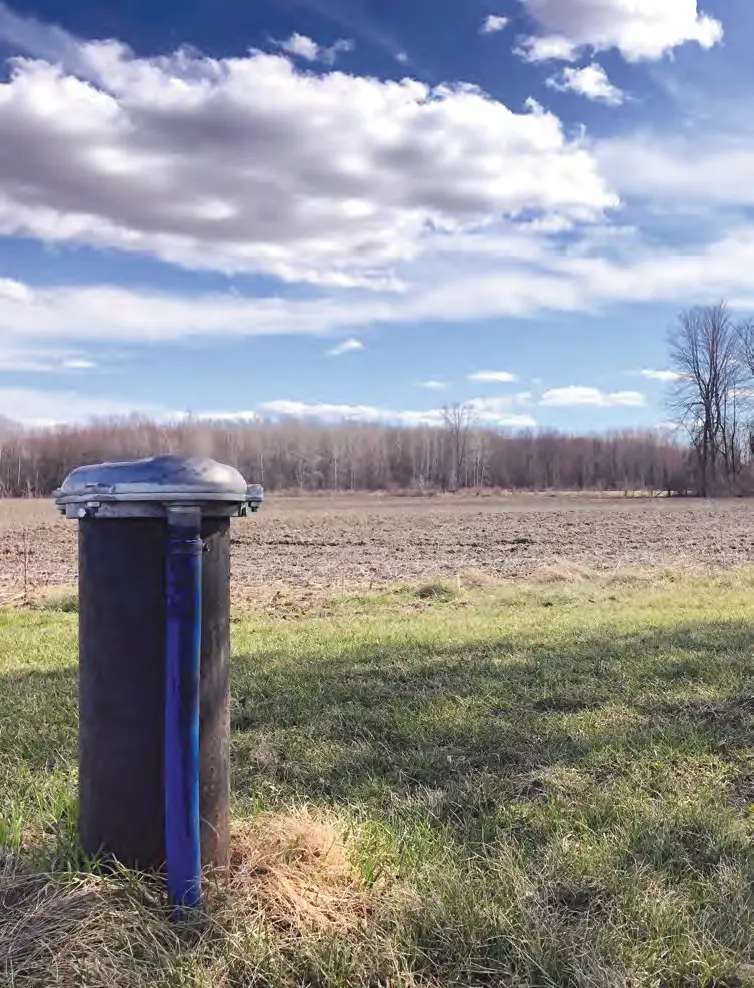
Well Care
Private water wells that are old, unused or not cared for can result in contamination of groundwater. The contamination can reach other wells in the area and even a shared municipal well that supplies drinking water for numerous people. Properly sealing old wells and following a few simple good practices for wells that are in use safeguards the precious groundwater that so many of us depend on for drinking water.
For a few simple tips see Rural Water Stewardship Checklist
For a more detailed booklet see this Private Wells Fact Sheet
For much more great information, visit the Well Aware website
Smart Salt Practices
Road salt helps keep roads, driveways and sidewalks safe but it can also result in contamination of drinking water sources. Sodium and chloride in de-icing materials is washed into waterways and ends up in groundwater too. Road salt use is increasing due to climate change, ever expanding paved areas as well as societal expectations for bare roads.
Fortunately, there have been great advancements in “smart salt practices” that have proven effective in achieving improved environmental protection without compromising safety. They involve such principles as using the right material at the right time in the right amount for maximum effectiveness. In Ontario, the majority of road salt used is handled by road authorities such as municipalities and the Ontario Ministry of Transportation, but businesses and homeowners also use and store salt. Road authorities and private contractors responsible for winter road maintenance in our region are being urged to use “smart salt practices” and have Road Salt Management Plans. We can all help by following these Winter Tips to reduce our salt use on private property.
QUICK FACT
Each year in Canada, we use an average of five million tonnes of road salts as de-icers and spend more than $1 billion on winter maintenance. Approximately 70 percent of the road salt spread on urban roads is retained in a watershed.
QUICK FACT
Each year in Canada, we use an average of five million tonnes of road salts as de-icers and spend more than $1 billion on winter maintenance. Approximately 70 percent of the road salt spread on urban roads is retained in a watershed.
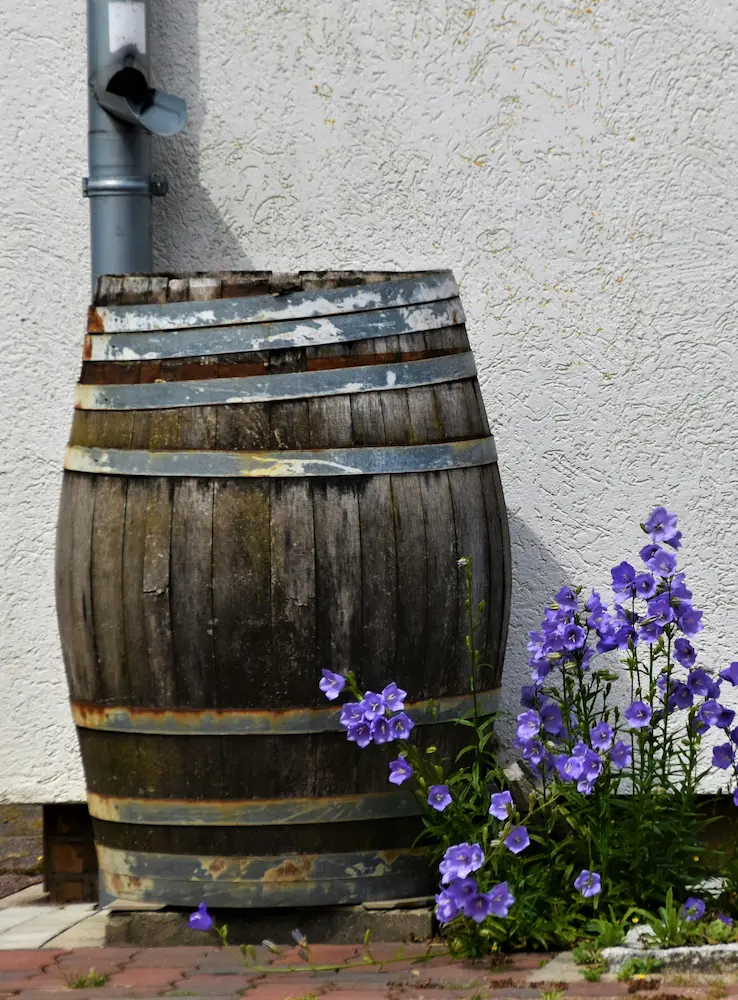
Water Conservation
It is easy to waste water and take it for granted. After all, here in the Mississippi-Rideau region, we have beautiful lakes and rivers all around us and a seemingly endless supply of groundwater beneath our feet. So why bother with water conservation?
- Protects drinking water sources from becoming depleted over time and helps combat the effects of growing populations, drought events and climate change
- Protects water quality because lower water levels result in poorer water quality since there is less water to dilute contaminants
- Reduces the cost of waste water treatment and water infrastructure expansion
- Extends the life of private septic systems
- Saves energy and reduces greenhouse gas emissions related to water heating and pumping
- Protects aquatic habitats
We all know the basics –install a rain barrel, take shorter showers, use a bucket to wash the car.
If you’re looking for some innovative, new ideas to challenge yourself to save water, check out: 100+ Ways to Conserve Water
Curious about your water use? Try this: Water Footprint Calculator
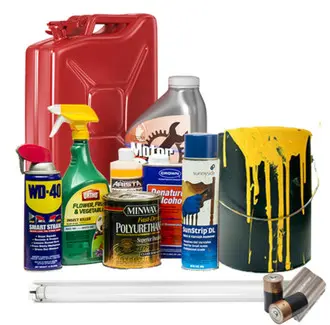
Safeguarding / Reducing Hazardous Substances
Safeguarding
Some hazardous substances in our lives are not only unavoidable, they are downright useful! To protect our drinking water sources, we need to safely store, handle and dispose of these substances.
- Home heating oil storage – Keeping furnace oil tanks in good repair and having annual inspections by a qualified person are key to preventing fuel spills. For more details see What Should I Know About Home Heating Oil?
- Proper disposal - Old paint, cleaners, pesticides, batteries, etc. should go to an approved household hazardous waste facility or drop off location (not down the drain or in the regular garbage). Contact your municipality for information about disposal options. Expired medications can be returned to a pharmacy for proper disposal.
- Spill / leak prevention – Maintaining vehicles to prevent fluid leaks and promptly cleaning up spills of hazardous substances is important (kitty litter works). What spills on the ground can end up in our drinking water sources.
Reducing
Some hazardous substances can be avoided and easily replaced by alternatives that are just as effective. This reduces the amount of chemicals in our environment and eases the burden on wastewater treatment plants. To help you choose less toxic products or to make your own green alternatives, see this Guide to Less Toxic Products
QUICK FACT
One drop of oil can render up to 25 litres of water unfit for drinking!
QUICK FACT
One drop of oil can render up to 25 litres of water unfit for drinking!
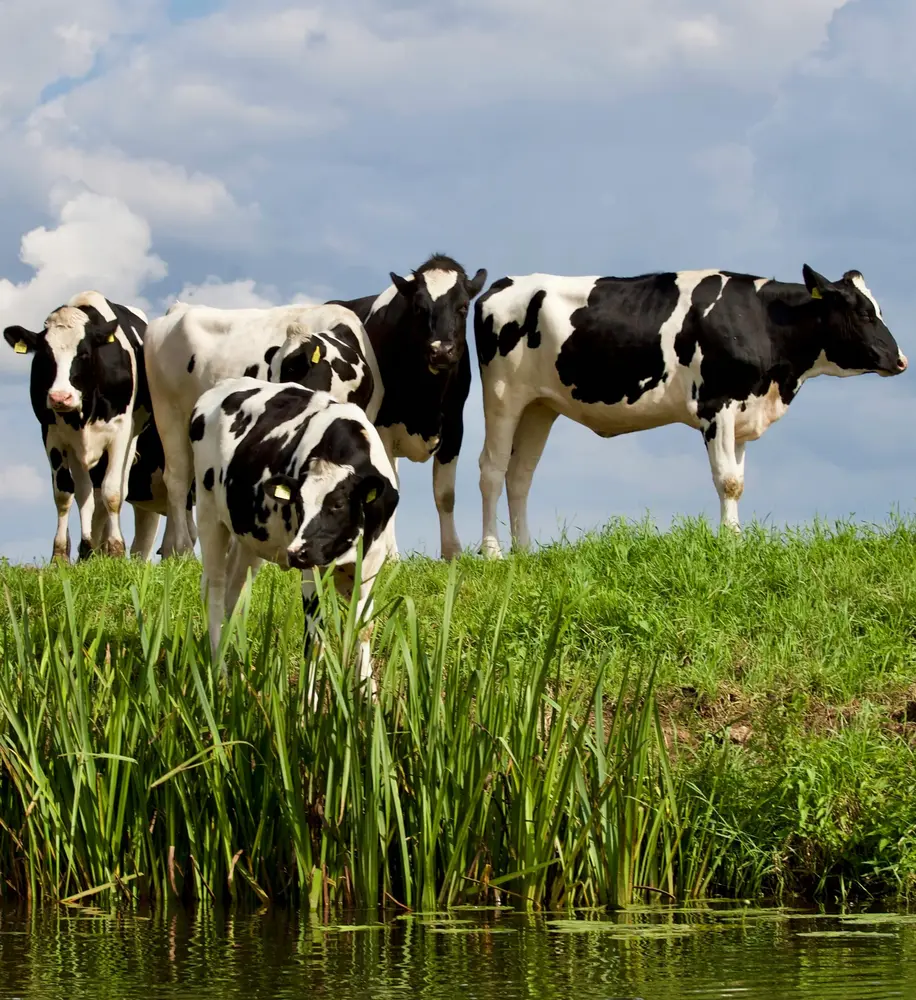
Farm BMPs
Farmers understand the importance of clean water and a healthy environment for their crop and livestock production. Best management practices (BMPs) are practical, affordable approaches to protecting a farm's soil and water resources without sacrificing productivity. BMPs such as fencing livestock out of rivers, maintaining a vegetated buffer adjacent to streams, managing runoff from manure storage facilities and adhering to all pesticide guidelines and training can help protect rivers and groundwater. Best management practices are equally important on small farms and for “backyard livestock” too!
- Detailed, helpful information is available in these Best Management Practices Booklets
- Rural Clean Water Programs offer financial support and technical assistance for projects that improve and protect water quality.
City of Ottawa’s Rural Clean Water Program
Rideau Valley Rural Clean Water Program - Planting trees helps to protect water quality and has numerous other benefits. Our region has excellent, funded tree planting programs.
- Environmental Farm Plans are another great way to access assistance and advice related to assessing, and if necessary altering, farm practices for better environmental protection.
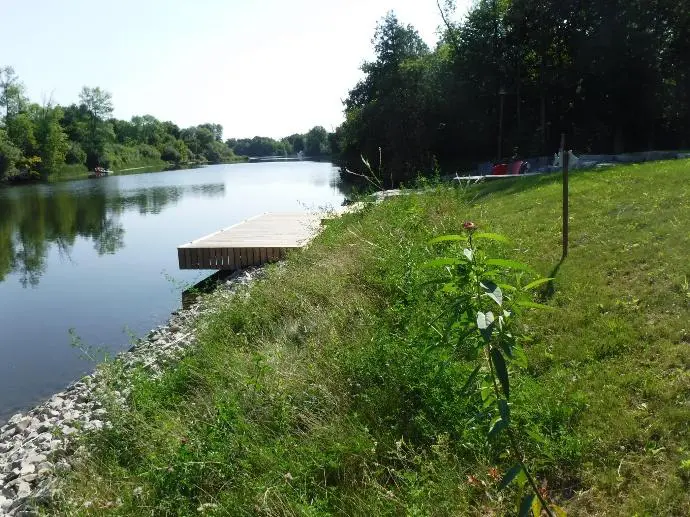
Funding and Assistance Programs
Here are some links to information about technical or financial assistance for actions related to protecting water:
- Rideau Valley Conservation Authority Shoreline Naturalization Program
- Mississippi Valley Conservation Authority Shoreline Planting Program
- City of Ottawa’s Rural Clean Water Program - for on-farm and rural projects to protect water quality within Ottawa
- Rideau Valley Rural Clean Water Program - for on-farm and rural projects to protect water quality in the Rideau watershed outside of Ottawa
- City of Ottawa’s Green Acres Program - Ottawa’s rural reforestation program
- Trees for Tomorrow - reforestation in the Rideau watershed outside of Ottawa
- Ontario Soil and Crop Improvement Association cost share programs - on-farm projects
- Ducks Unlimited – works with landowners to restore or secure wetlands
- Well Aware – a program of Green Communities Canada that encourages Ontario’s residential well owners to protect their wells and our common groundwater supplies
- Stewardship Councils – volunteer run, community-based Councils which work with individuals and community groups committed to responsible environmental stewardship
- Conservation Land Tax Incentive Program – helps landowners take care of provincially significant conservation lands such as wetlands
Highly Vulnerable Aquifers (HVA)
Developed by groundwater and public health experts at the local Spring Ridge Training Institute, the following engaging videos explore - with increasing detail - threats to highly vulnerable aquifers and how we can address them.

